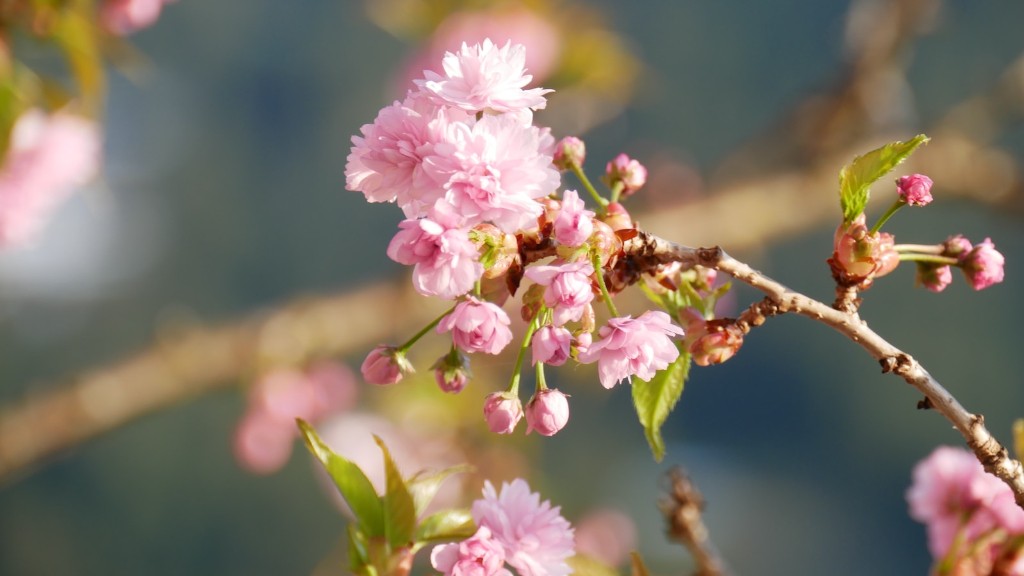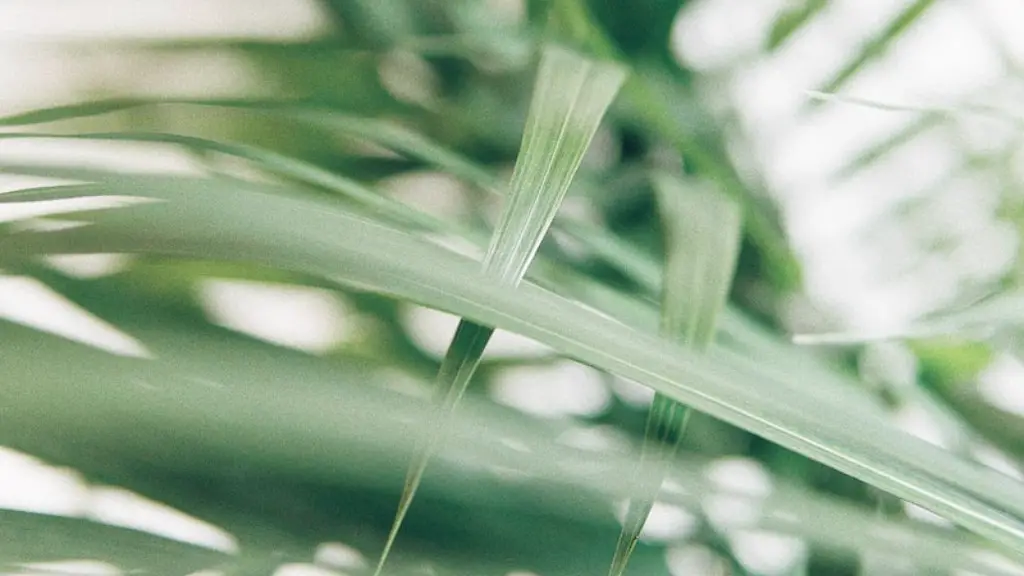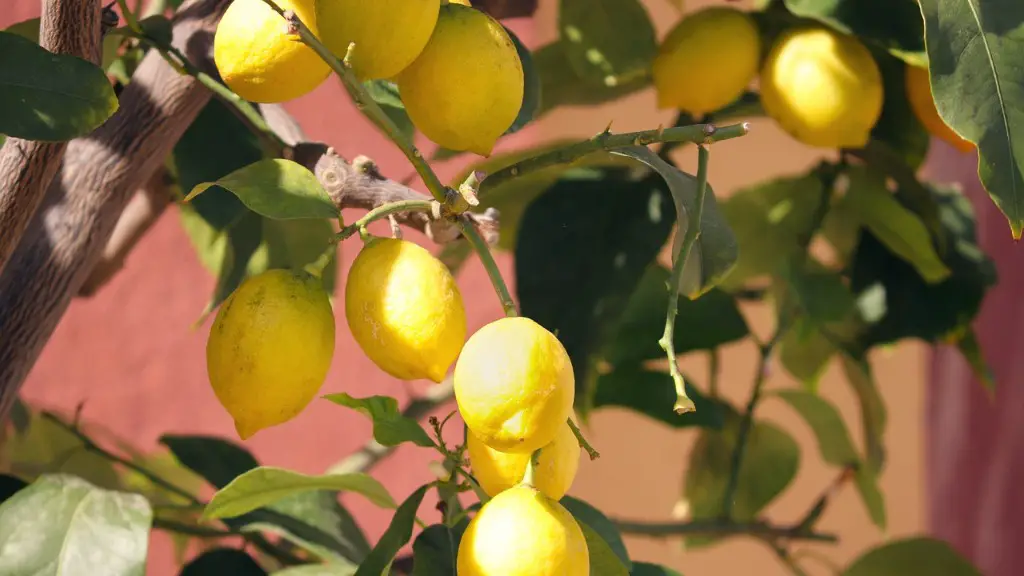It is a common question for gardeners who have lemon trees: how often are you supposed to feed them? While the answer to this question largely depends on the individual circumstances surrounding your lemon tree, there are certain necessary guidelines that can guide you in the right direction. To get a better understanding of the answer to this important question, let’s take a look at the following considerations.
First and foremost, the amount of fertilizer needed for a lemon tree will be dependent on the same factors that affect any other type of tree, including the age of the tree, the size of the tree, and the climate in which it is planted. Additionally, the type of soil that the tree is planted in is also important, as fertilizers are not always effective in rocky soil. Taking these factors into careful consideration is important when deciding how often to feed the tree.
In general, a healthy lemon tree should be fertilized once or twice in the spring, when the first leaves begin to appear. During the summer months, fertilizing every two to four weeks should prove to be effective in keeping the tree in good health. However, if the leaves are appearing very slowly or the growth isn’t as vigorous as it should be, an additional application of fertilizer could be beneficial. Additionally, heavily leached soil will require additional applications as well.
Water is also important for a healthy lemon tree, as it plays an essential role in helping the fertilizer to reach the roots. This means that the tree should be watered deeply, at least twice a week, to ensure that its soil does not become overly dry between fertilization cycles. In the warmer months, water needs can increase to three or four times per week, as the soil will evaporate faster. Afterward, the soil should be allowed to drain and air out before the next application.
Finally, as with any tree care, it is necessary to keep a close eye on the overall health of the lemon tree. If it appears to be wilting or the leaves appear to be turning yellow, an additional application of fertilizer could be in order. Additionally, if the tree has been previously over-fertilized, it is possible to flush out some of the excess with water, although this should be done with caution. Otherwise, a professional arborist should be consulted to properly diagnose the cause of the problem.
Factors Affecting Fertilization Frequency
When it comes to determining the appropriate frequency of fertilization for a lemon tree, there are a number of factors to consider. Age and size of the tree, type of soil, climate, and the current state of health are all important considerations. Additionally, the time of year should also be taken into account, as fertilizer applications should be reduced during the colder months and increased during the summertime.
Additionally, it is also important to pay careful attention to the soil drainage and water needs of the tree. In general, water should be applied deeply to nourish the tree and reach the roots, and the soil should be allowed to drain and air out after each application. The frequency should be adjusted based on the particular needs of the tree, such as during periods of drought or in soil that is heavily leached.
Furthermore, it is also necessary to watch closely for signs of distress in the tree and adjust the fertilization schedule as needed. For example, if the leaves appear to be wilting or turning yellow, it may be a sign that more fertilizer is needed. If the tree has already been over-fertilized, flushing the soil with water may alleviate the problem. However, if signs continue, a professional should be consulted to properly diagnose the cause of distress.
Overall, the frequency at which a lemon tree needs to be fertilized will largely depend on its particular circumstances, including age, size, climate, soil type, and overall health. As such, it is important to pay careful attention to these factors in order to determine the optimal amount and frequency of fertilizer to apply. Additionally, the time of year, water frequency, and soil drainage should also be taken into account.
The Best Times for Fertilization
In general, the best times for fertilizing a lemon tree are in the later months of winter, when the buds just begin to swell, and in the early months of spring, after the first leaves have emerged. During the summer, additional applications should be made every two to four weeks, depending on the size of the tree and the current state of health. The latter should also be taken into careful consideration during the colder months, when fertilizer applications should be reduced.
Additionally, the time of year should also affect the type of fertilizer used. Fertilizers that are low in nitrogen but high in phosphorus and potassium should be used during the winter, as this ensures that the nutrients will not be washed away with the frequent rainfall. During drier months, a balanced fertilizer should be used, as this will ensure that the soil is continually nourished and the tree’s nutrients are in balance.
Water is also important throughout the year, and during peak growing seasons it is necessary to water deeply and frequently. While the frequency of waterings should be monitored, in general the tree should receive at least two to three waterings per week for the best results. If a tree is particularly young or located in a climate with harsh drought conditions, additional waterings may be necessary.
Overall, when it comes to determining the optimal times for fertilizing a lemon tree, a number of factors must be taken into careful consideration. This including age, size, climate, water needs, and type of soil, as well as the time of year and current state of health. By paying close attention to these factors, gardeners should be able to ensure that their trees are receiving the optimal amount of mobilization throughout the entire year.
Caution When Using Fertilizers
As noted above, fertilizers are an important part of proper lemon tree care and need to be applied correctly in order to see the best results. However, it is important to note that fertilizers can be hazardous if not used properly and with caution. As such, it is important to choose a fertilizer specifically formulated for citrus trees to ensure that the proper nutrients are applied.
It is also important to note that fertilizer application should be done carefully and with caution. First and foremost, the tree should always be kept well-watered before and after the application, as this helps to avoid excessive build-up in the soil. Furthermore, it is important to avoid over-fertilizing, as this can damage the tree’s roots and cause the leaves to wilt or turn yellow. In this case, it is necessary to flush the excess fertilizer from the soil with water, although this should be done with caution.
Furthermore, fertilizer should never be applied directly to the tree’s leaves or trunk, as this can cause burn marks or mold growth. Finally, never allow fertilizer to come into contact with the body or eyes, and be sure to wash hands thoroughly after every application.
Fertilizer Alternatives
While fertilizer is generally the best way to nourish a lemon tree, there are other methods of providing nutrition as well. One of the most common methods is to mulch around the tree, using organic material such as straw, hay, leaves, or wood chips. Mulching will not only help to retain moisture, but will also provide a steady supply of nutrients as the natural materials break down.
Compost is another great option, as it can be used as a top dressing for the tree, particularly during the early spring months. Compost provides a range of beneficial nutrients to the tree, in addition to acting as a natural fertilizer. Finally, adding a layer of mulch around the base of the tree can also help to improve soil drainage, retain moisture, and provide additional nutrients.
Overall, fertilizer is generally the best way to keep a lemon tree healthy and strong. However, there are a number of alternatives that can be tried to provide extra nutrition as well. Mulching, composting, and an additional layer of mulch around the base of the tree can all provide helpful benefits and help to ensure healthy growth. Additionally, it is important to use caution when using fertilizer, as it can be dangerous if not used correctly.
Fertilizer Forms
When it comes to choosing the right type of fertilizer for a lemon tree, there are a wide range of forms that can be used. In general, granular fertilizers are the most common, as they can be applied easily to the soil and provide a range of benefits. These fertilizers should be applied in either the spring or summer months, and should be chosen carefully to ensure that the right balance of nutrients is provided.
Liquid fertilizers are another popular option, and they are particularly beneficial when it comes to providing a rapid boost in nutrition. These fertilizers can be applied directly to the soil and work quickly to provide an increased level of nutrition. When using liquid fertilizers, it is important to ensure that they are specifically formulated for use on citrus trees.
Organic fertilizers are also available and are a great choice for gardeners who wish to go the all-natural route. However, it is important to remember that organic fertilizers will not provide immediate nutrition and, as such, should be applied several times throughout the growing season in order to see the best results.
Finally, slow-release fertilizers are a great option for those who wish to fertilize their lemon tree once and forget about it. These fertilizers will slowly release their nutrients over time, allowing you to apply them more infrequently. However, it is important to remember that slow-release fertilizers need to be applied carefully and with caution, as they can burn or damage the tree if they are over-applied.
Overall, there are a wide variety of fertilizer forms that can be used to ensure the health of a lemon tree. Granular and liquid fertilizers are the most popular options, although organic and slow-release fertilizers can also be used. It is important to choose carefully, as the right balance of nutrients must be provided in order to see the best results.




